Gone are the days of not having enough time to catch up on all of those movies and TV shows you’ve been meaning to get around to. For the foreseeable future, at least, many of us have nowhere to go and nothing but time on our hands.
We’ve already offered a few suggestions for ways to spend your newfound downtime, but there’s a more pragmatic question at-hand. With this week’s arrival of HBO Max, an overcrowded streaming market becomes even more competitive, particularly here in the United States. Gone are the days of Netflix’s streaming supremacy (at least from a content perspective). There’s a streaming service for virtually every need and nearly every one is best at something (with the possible exception of Apple TV+ with its fairly sparse selection, and whatever is going on with Quibi).
In a perfect world, we would all be able to subscribe to every service and never have to leave the house again. But those $5-$15/month fees add up pretty quickly when you’re not looking. For most of us, choosing the right service or service requires a bit of strategic spending. As such, we’re going to make life a bit easier on you and your wallet by designating the top services across 10 key categories.
Again, this is a U.S.-focused list, since that’s where we’re based. But many of these services are available outside the States, or will be in the next year or two.
The best service for … Prestige TV
Winner: HBO Max
The debate about the best TV show of all time always seems to wind up on HBO. The premium cable network has transformed expectations around what television can and should do, with shows like “The Sopranos” and “The Wire” regularly cited at the top of the list of all-time greats. And then there’s “Westworld,” “Game of Thrones,” newcomers like “Succession” and top-tier comedy like “Curb Your Enthusiasm,” “Eastbound and Down” and “The Larry Sanders Show.” Not every series has been a slam-dunk, but as far as prestige episodic television is concerned, you’re not going to do any better than HBO. (B.H.)
The best service for … Blockbusters
Winner: Disney+
Disney has dominated the theatrical box office for the past decade, thanks to its acquisitions of Pixar, Marvel and Lucasfilm/Star Wars — not to mention the continued popularity of its animated films and live-action remakes. Disney+ is where you can catch up with almost all those big-budget hits, and it will be the streaming home for future Marvel blockbusters. (A.H.)
The best service for … Classics
Winner: Criterion Channel/HBO Max
While Criterion’s reputation can seem forbiddingly arty (see below) — and of course, some art films are stone cold movie classics — the service also offers plenty of classic Hollywood titles, like a recent retrospective showcasing Columbia noir. And if you’re a kaiju fan, it also has nearly every old-schoool Godzilla movie in its library. That said, it isn’t the only place you can find classic titles. HBO Max, in particular, is the streaming home to Turner Classic Movies, with some of the best films of all time, including “Casablanca” and “Citizen Kane.” And it has a deal to offer some Criterion titles, too. (A.H.)
The best service for … Documentaries
Winner: HBO Max/CuriosityStream
As with its drama and comedy series, there’s really no one out there who can touch HBO’s documentary output. The network has consistently racked up Emmy wins since the late ’90s. It’s had some added competition from Netflix in recent years, but HBO continues to deliver, including last year’s heart-wrenching ‘Leaving Neverland.’ If you like your documentaries served with a side of more documentaries, however, there’s always CuriosityStream. $20/year will get you a boatload of original docs, broken down by category. (B.H.)
The best service for … Kids
Winner: Disney+
All the big streaming services have a selection of movies and shows for kids, but it’s hard to beat the titles in Disney’s library — all their animated classics, plus Pixar, plus Disney Channel hits like “The Suite Life of Zack and Cody,” “Hannah Montana” and “High School Musical.” HBO Max is a strong runner-up with Sesame Street and the full Studio Ghibli library, but if your kid wants to sing along to “Frozen” over and over again, this is where they can do it. (A.H.)
The best service for … Indies
Winner: Hulu/Criterion Channel
Most streaming services (save for Apple TV+ and Disney+) have a pretty sizable selection of indies. The quality of the films varies greatly from service to service and film to film, but nearly all of them have some hidden gems for when you’re looking to spend a bit of time outside of the studio system. As far as the mainstream ones go, I was surprised to discover during this quarantine that Hulu has the best selections of the bunch, courtesy of deals with top notch indie distributors. If you want a straight shot of the stuff, however, the Criterion Channel is your best bet — and the supplementary content is unmatched by other services. (B.H.)
The best service for … Free stuff
Winner: Tubi/Vudu
To be honest, I had no idea Tubi existed until recently. I was searching for a Korean movie about a baseball playing gorilla (it’s real, seriously), and landed on the site, where it was streaming for free with ad breaks. You would probably end up banging your head against the wall if you relied on Tubi as your sole streaming service, but its selection is surprisingly solid. There are genuinely good films in there, in amongst the dregs. There are also plenty of dregs there, if that’s your thing. Also check out Walmart’s Vudu. In addition to your standard rentals, the service also has a decent selection of free films. (B.H.)
The best service for … Star Trek
Winner: CBS All Access
It might seem silly to build an entire streaming service around a single entertainment franchise, but a) Have you met Star Trek fans? And b) That was clearly the strategy behind CBS All Access, which has already released two Trek spinoffs, “Discovery” and “Picard.” Although the newly remerged ViacomCBS seems to have broader streaming plans, Star Trek still seems like a centerpiece of that strategy, with a whole bunch of new Trek content being developed under the supervision of Alex Kurtzman. (That said, Netflix, Hulu and Amazon are sufficient if you just want to rewatch The Original Series or The Next Generation.) (A.H.)
The best service for … Arthouse
Winner: Criterion Channel
Been missing trips to the local arthouse theater? With places like the Anthology Film Archives, Museum of the Moving Image and Angelika temporarily shut down here in New York, I’ve been finding some respite in the Criterion Collection’s truly excellent curated selection of films. While it’s true that sometimes the best thing for the pandemic is a little mindless movie watching, if you want to take in some culture without leaving the house, Criterion’s got you covered. (B.H.)
The best service for … a lot of everything
Winner: Netflix
You may be wondering why we’ve barely mentioned the streaming world’s biggest player. That’s because Netflix isn’t actually the best in any one category — at least in our view. Instead, it’s pretty good in a whole bunch of categories, whether that’s older TV shows, classic films, original series like “The Crown” and “Stranger Things,” reality hits like “Tiger King” and original movies like “The Irishman.” So if you want a single service that scratches a whole bunch of different itches, Netflix is still your best bet.

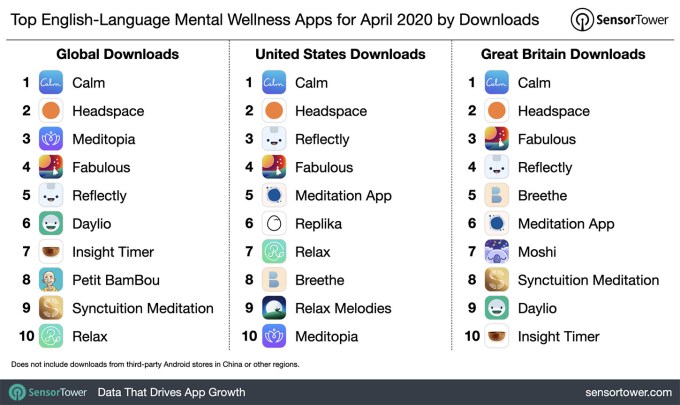

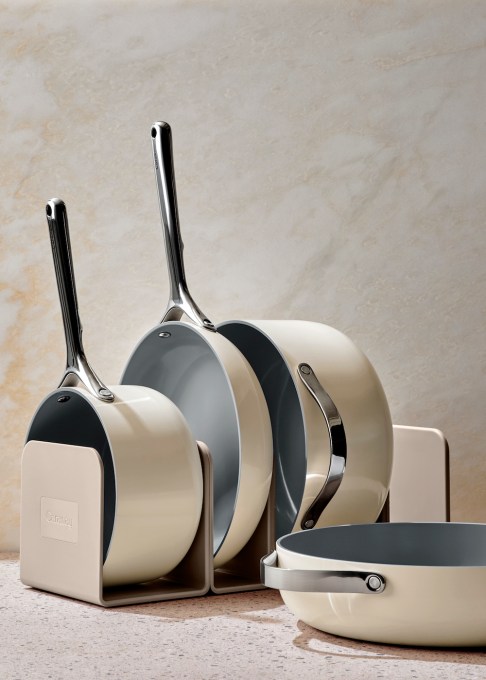
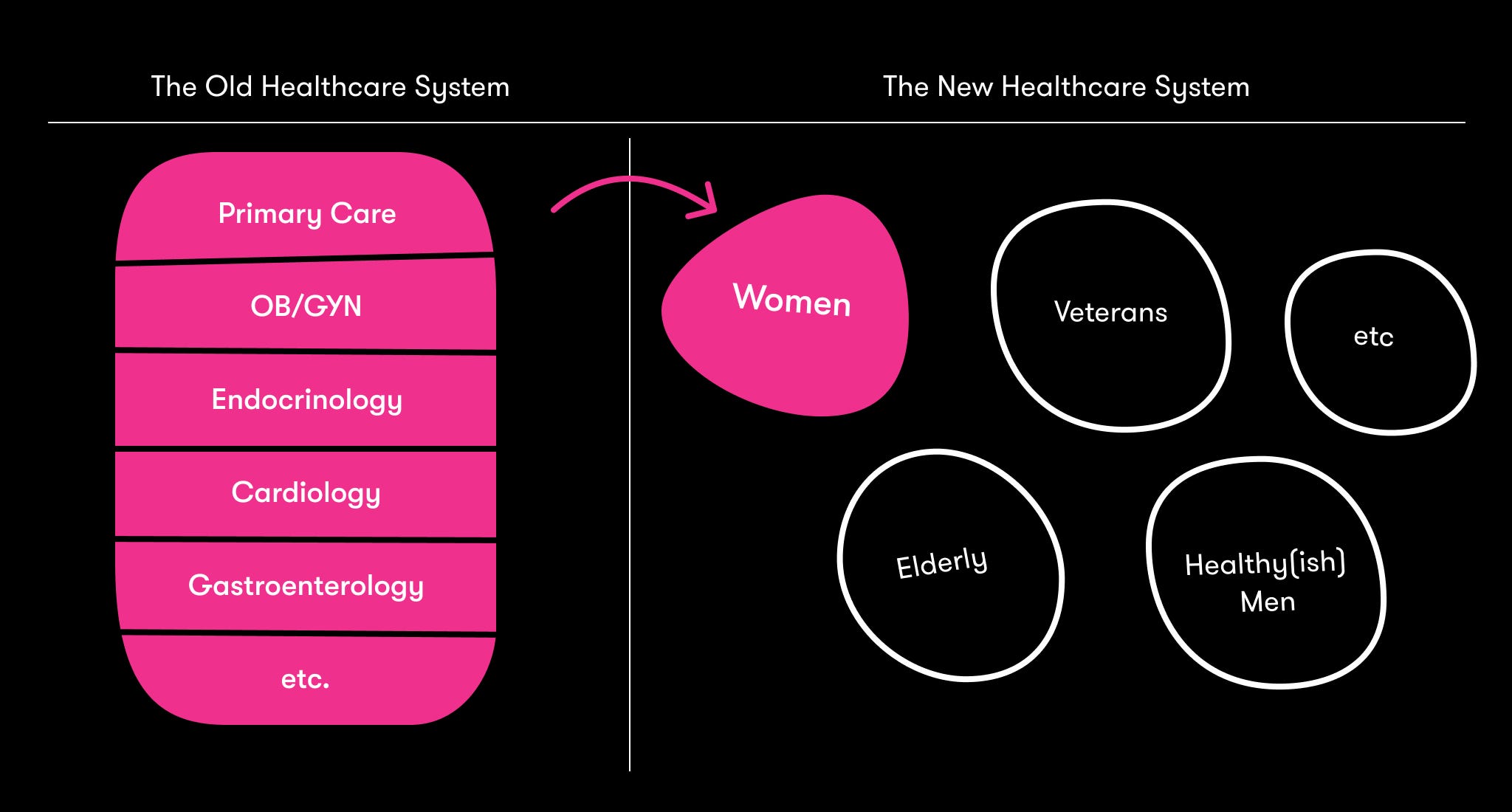

 member
member 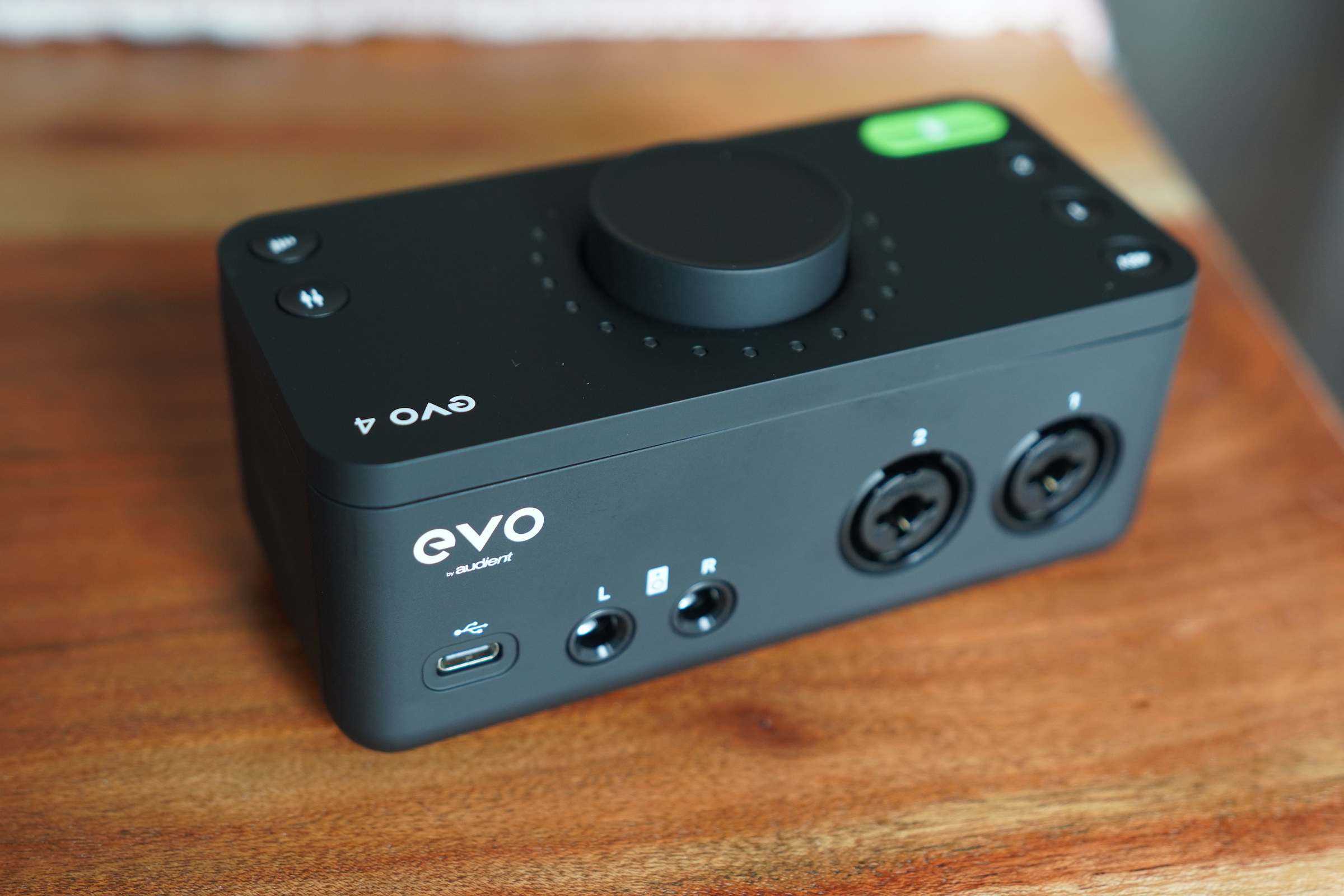 The EVO 4’s control interfaces are a bit of a mixed bag – on the one hand, they help keep the hardware minimalist and sleek. On the other, there is a bit of a learning curve to figure out how to adjust input volume levels, control interfaces, switch between different outputs and adjust the mix to each, and more. It’s definitely a more modern interpretation of an audio control surface (many other USB interfaces still just primarily user dedicated hardware switches and dials for most of these things), and so it’s going to have a learning curve for anyone used to the older way of doing things. That said, once you do figure out what everything does and what to press, in what order, it’s all relatively intuitive and easy to remember from that point on.
The EVO 4’s control interfaces are a bit of a mixed bag – on the one hand, they help keep the hardware minimalist and sleek. On the other, there is a bit of a learning curve to figure out how to adjust input volume levels, control interfaces, switch between different outputs and adjust the mix to each, and more. It’s definitely a more modern interpretation of an audio control surface (many other USB interfaces still just primarily user dedicated hardware switches and dials for most of these things), and so it’s going to have a learning curve for anyone used to the older way of doing things. That said, once you do figure out what everything does and what to press, in what order, it’s all relatively intuitive and easy to remember from that point on.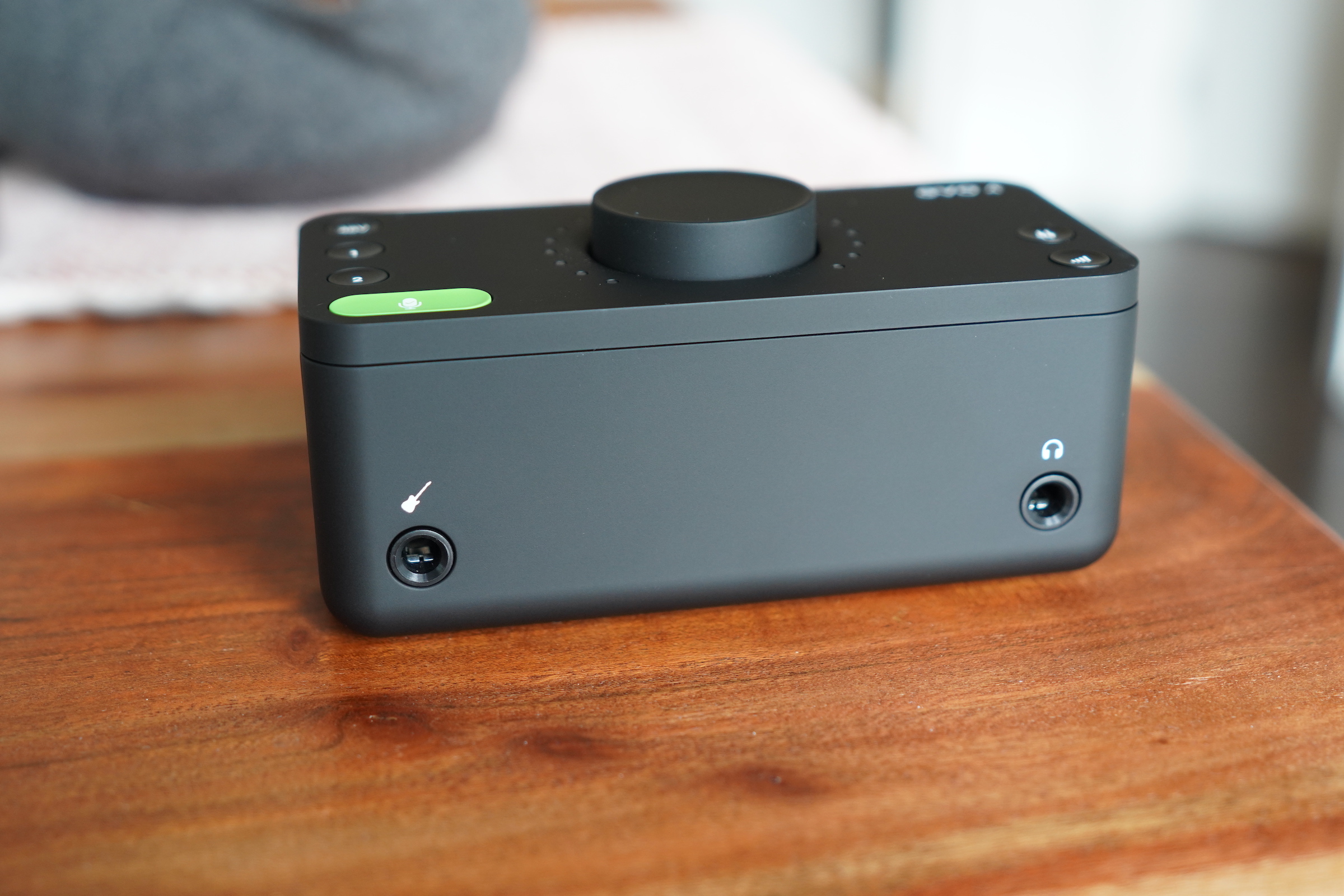 If you’re doing a recording where you’re both singing and playing guitar, for instance, you can set Smartgain to determine the best level for each input, which makes it super simple to record a balanced multitrack recording of both. It’s hard to understate how much time and frustration this can save in the recording process.
If you’re doing a recording where you’re both singing and playing guitar, for instance, you can set Smartgain to determine the best level for each input, which makes it super simple to record a balanced multitrack recording of both. It’s hard to understate how much time and frustration this can save in the recording process.